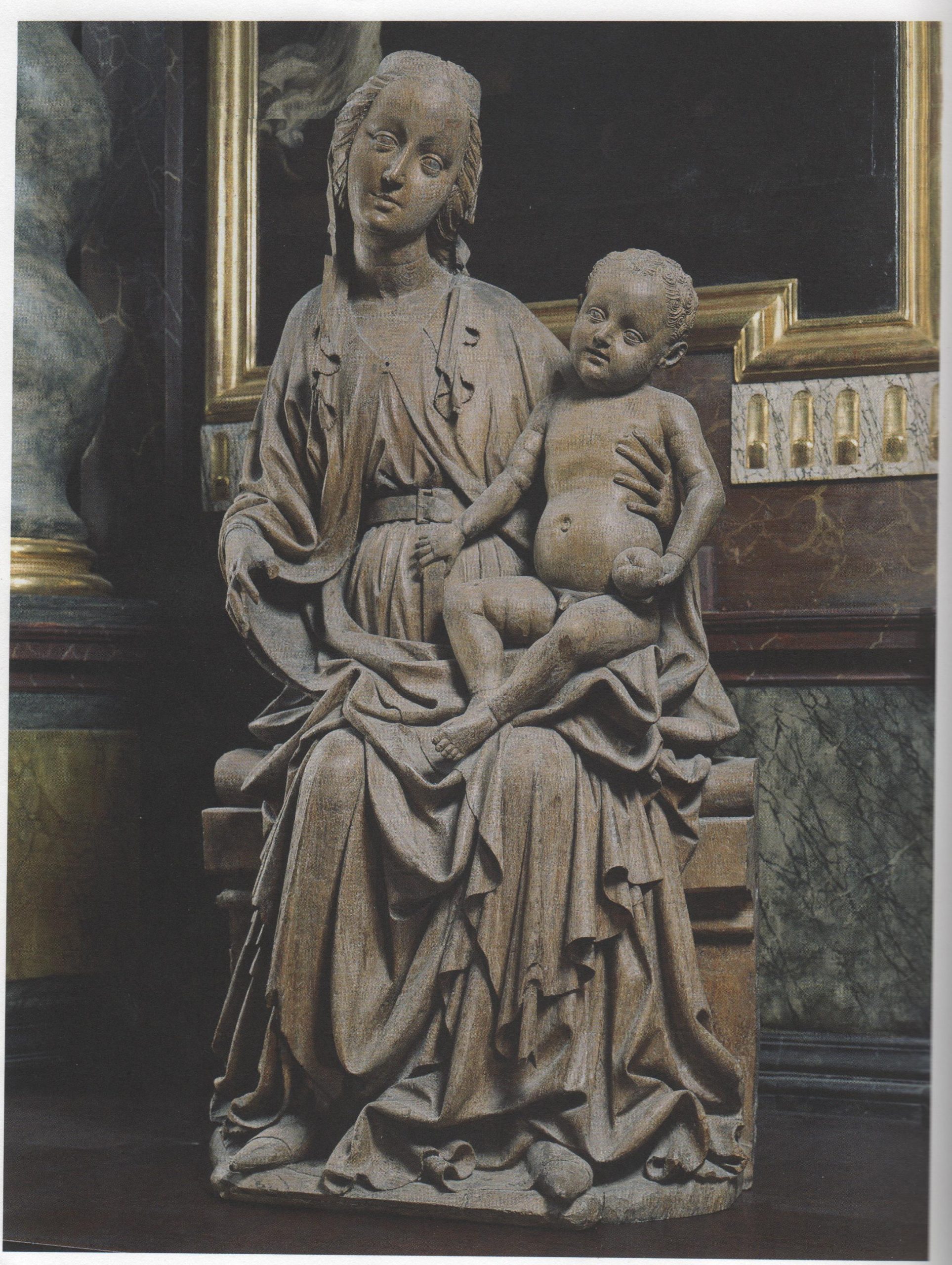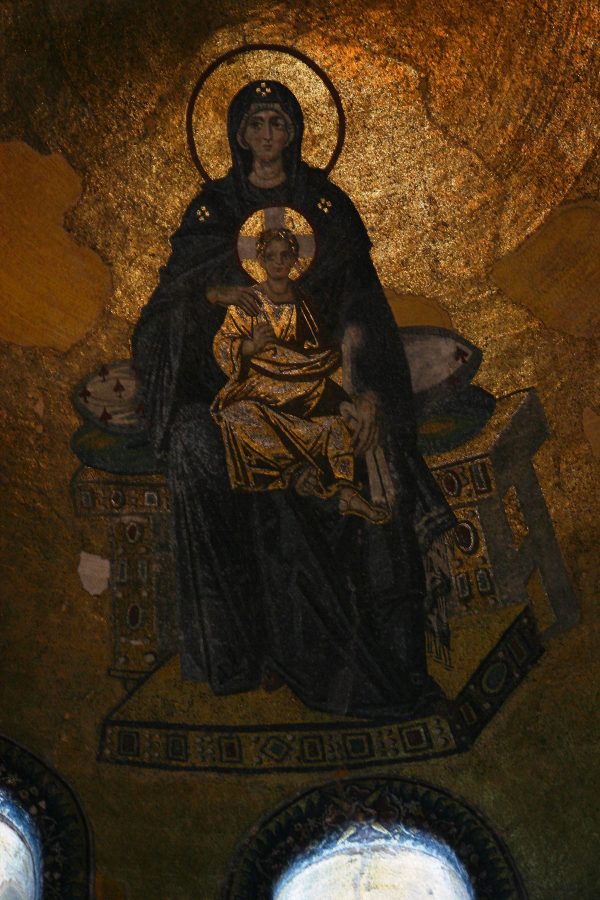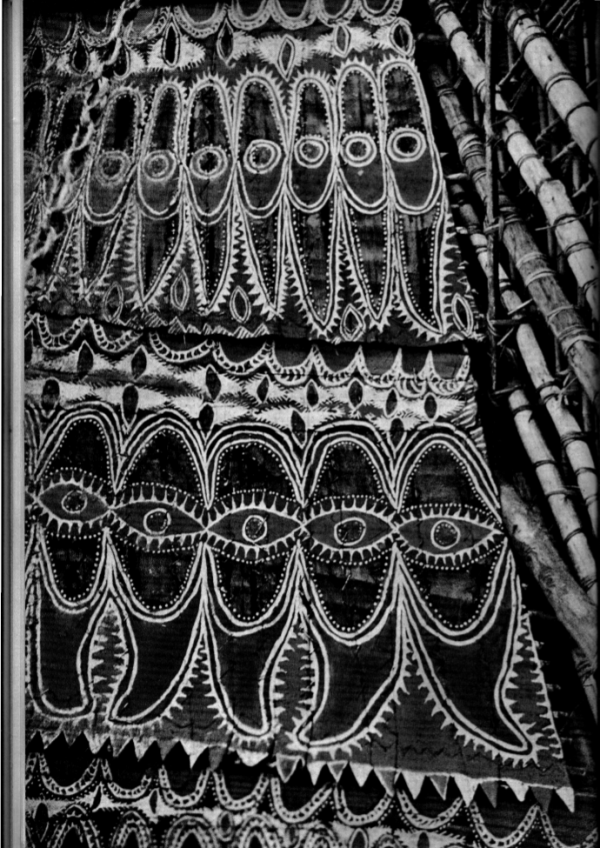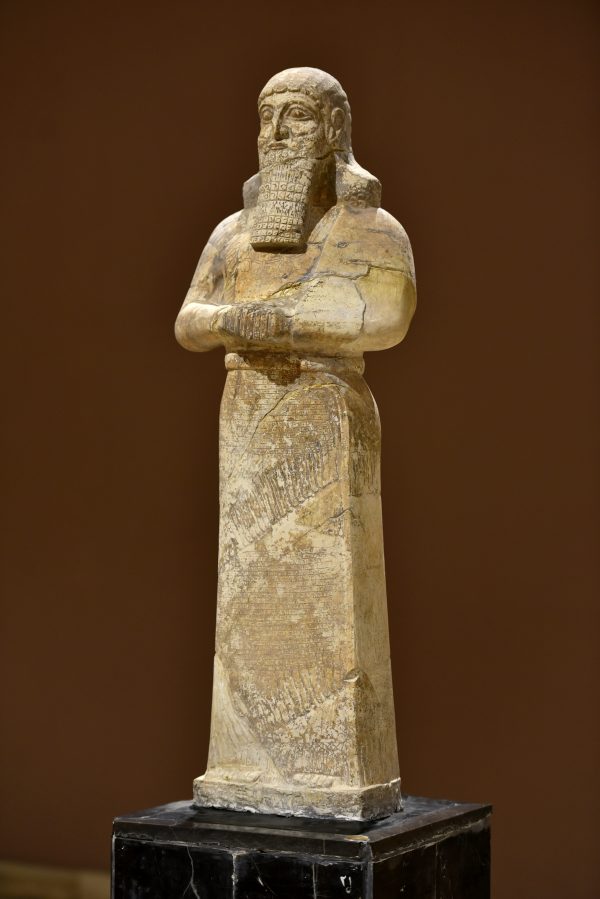
This late Gothic wooden sculpture (1440?) is one of the earliest examples of Gothic altarpieces with monochrome finish. It was placed at the central altar of the main church of the Bohemian Hussite reformation movement in Prague.
What motivated the eschewal of painterly finish? Was it to save money, avoid the charge of idolatry or excess, or for artistic reasons? Whatever the correct answer, it presupposes an overlap of visual experiences: what stands out visually for today’s art historians (the absence of painterly finish) stood out in the visual experience of the works’ intended audiences in 15th-century Prague. What, if anything, could plausibly make this presupposition heuristically reliable? I propose an answer in one of the chapters of my book Objects of Authority.
Image source: Milena Bartlová, Pravda zvítězila: výtvarné umění a husitství 1380-1490 (Prague: Academia, 2015).




